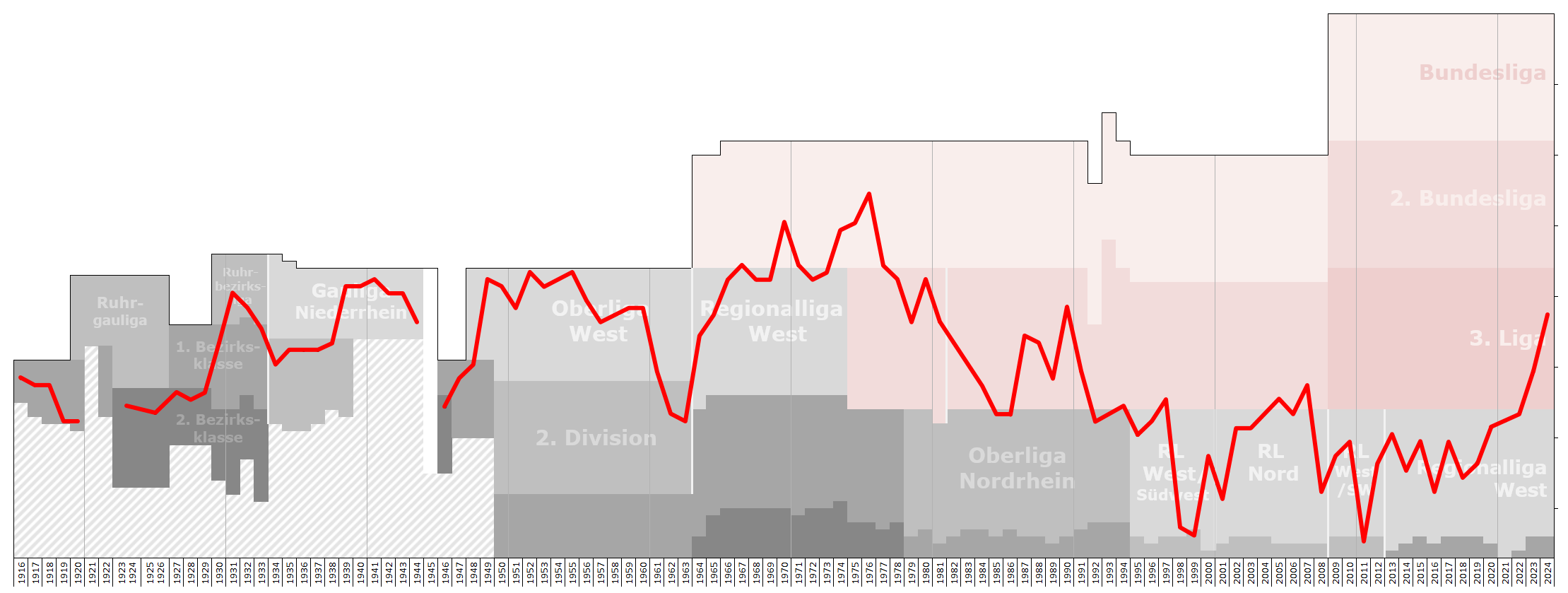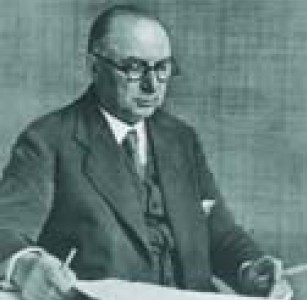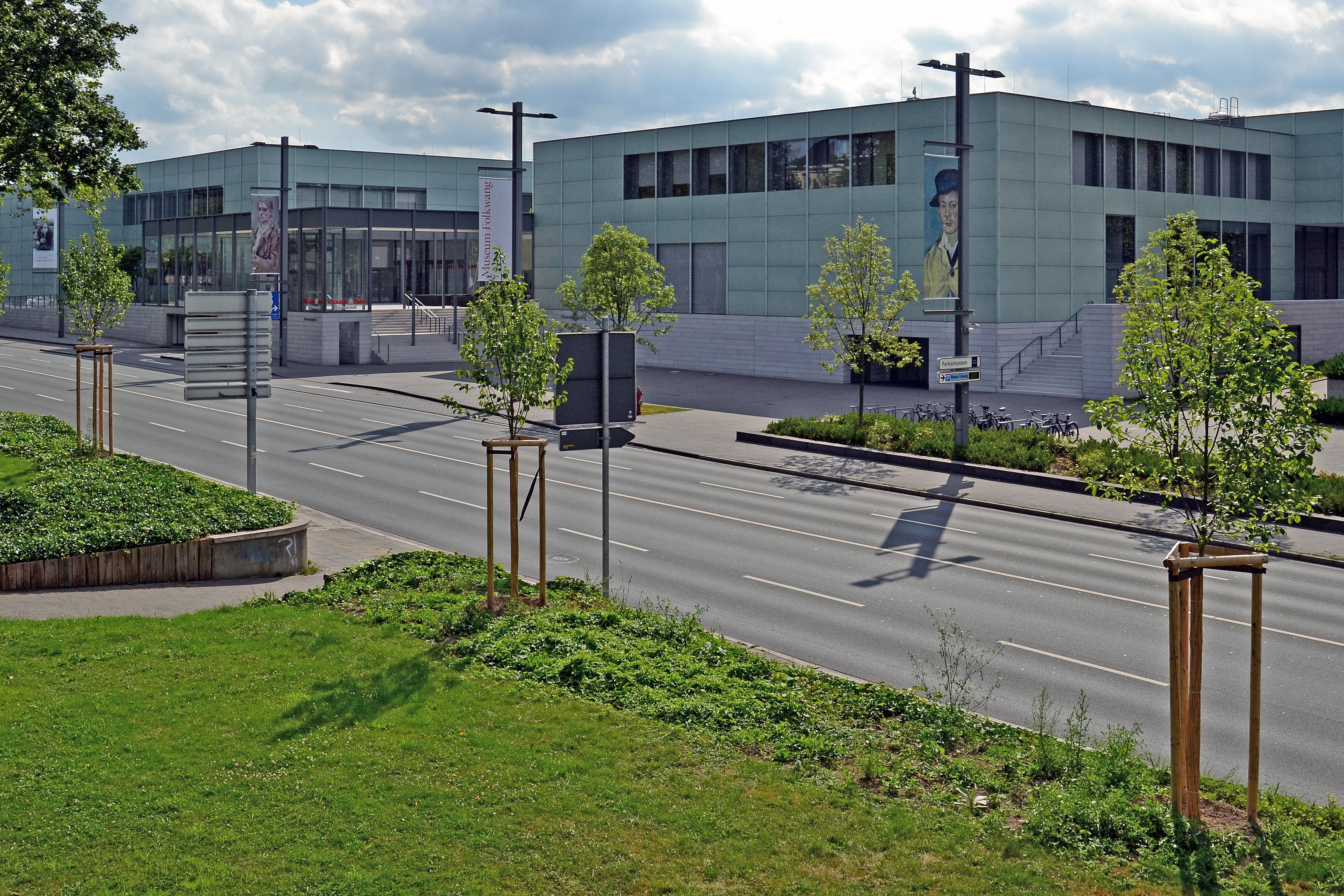|
Timeline Of Essen
The following is a timeline of the history of the city of Essen, Germany. Prior to 19th century * 845 – Essen Abbey founded (approximate date). * 971 – Mathilde, granddaughter of Otto I becomes abbess of Essen Abbey. * 1012 – Sophia, daughter of Otto II becomes abbottess of the Essen Stift. * 1041 – Essen receives rights to a market. * 1244 – The association of the ministeriales of the Essen Abbey and the citizens of the town of Essen arrange for the to be erected. * 1316 – Essen Minster (church) dedicated. * 1390 – Essener Schützenverein (militia) formed. * 1598 – Borbeck Castle rebuilt. * 1736 – ''Neueste Essendische Nachrichten von Staats- und Gelehrten Sachen'' (Newest Essen News of State and Learned Matters) newspaper begins publication. * 1797 – bookseller in business. 19th century * 1802 – Area occupied by Prussian troops. * 1803 ** Essen Abbey secularized. ** Franz Dinnendahl builds steam engine. * 1810 – Krupp foundry in business. * 1814 ... [...More Info...] [...Related Items...] OR: [Wikipedia] [Google] [Baidu] |
Essen
Essen (; Latin: ''Assindia'') is the central and, after Dortmund, second-largest city of the Ruhr, the largest urban area in Germany. Its population of makes it the fourth-largest city of North Rhine-Westphalia after Cologne, Düsseldorf and Dortmund, as well as the ninth-largest city of Germany. Essen lies in the larger Rhine-Ruhr Metropolitan Region and is part of the cultural area of Rhineland. Because of its central location in the Ruhr, Essen is often regarded as the Ruhr's "secret capital". Two rivers flow through the city: in the north, the Emscher, the Ruhr area's central river, and in the south, the Ruhr River, which is dammed in Essen to form the Lake Baldeney (''Baldeneysee'') and Lake Kettwig (''Kettwiger See'') reservoirs. The central and northern boroughs of Essen historically belong to the Low German ( Westphalian) language area, and the south of the city to the Low Franconian (Bergish) area (closely related to Dutch). Essen is seat to several of the re ... [...More Info...] [...Related Items...] OR: [Wikipedia] [Google] [Baidu] |
Essen-Borbeck Station
Essen-Borbeck is a railway station in Essen, North Rhine-Westphalia, Germany. The station is located on the Essen–Bottrop railway and is served by RE and S-Bahn services operated by NordWestBahn and Abellio Rail NRW . Train services Special 15 minutes-tact RE14 / S9 : Gladbeck - Bottrop - Essen-Borbeck - Essen Hbf Essen Hauptbahnhof (German for "Essen main station") is a railway station in the city of Essen in western Germany. It is situated south of the old town centre, next to the A 40 motorway. It was opened in 1862 by the Bergisch-Märkische Eisenba ... The following services currently call at Essen Borbeck: Tram service * 103 at 10-minute intervals. Bus services It is served by routes 140, 143, 160, 170, 185 and 186 at 20-minute intervals, operated by Ruhrbahn. References {{DEFAULTSORT:Essen-Borbeck Station S9 (Rhine-Ruhr S-Bahn) Rhine-Ruhr S-Bahn stations Borbeck Railway stations in Germany opened in 1862 1862 establishments in Prussia ... [...More Info...] [...Related Items...] OR: [Wikipedia] [Google] [Baidu] |
Rot-Weiss Essen
Rot-Weiss Essen is a German association football club based in Essen, North Rhine-Westphalia. The club currently plays in the 3. Liga, at the Stadion an der Hafenstraße. The team won the DFB-Pokal in 1953, and the German championship in 1955. The latter success qualified them to the first season of the European Cup. History Early years The club was formed as ''SV Vogelheim'' on 1 February 1907 out of the merger of two smaller clubs: ''SC Preussen'' and ''Deutsche Eiche''. In 1910, ''Vogelheim'' came to an arrangement with ''Turnerbund Bergeborbeck'' that allowed the two clubs to field a football side. The footballers left in 1913 to set up their own club, ''Spiel- und Sportverein Emscher-Vogelheim'', which changed its name to ''Spiel und Sport 1912'' after World War I. Finally, in 1923, this side turned again to ''Turnerbund Bergeborbeck'' to create ''Rot-Weiss Essen''. Breakthrough to the Gauliga In 1938, ''RWE'' broke into top-flight football in the Gauliga Nied ... [...More Info...] [...Related Items...] OR: [Wikipedia] [Google] [Baidu] |
French Enter Essen LCCN2014715614
French (french: français(e), link=no) may refer to: * Something of, from, or related to France ** French language, which originated in France, and its various dialects and accents ** French people, a nation and ethnic group identified with France ** French cuisine, cooking traditions and practices Fortnite French places Arts and media * The French (band), a British rock band * "French" (episode), a live-action episode of ''The Super Mario Bros. Super Show!'' * ''Française'' (film), 2008 * French Stewart (born 1964), American actor Other uses * French (surname), a surname (including a list of people with the name) * French (tunic), a particular type of military jacket or tunic used in the Russian Empire and Soviet Union * French's, an American brand of mustard condiment * French catheter scale, a unit of measurement of diameter * French Defence, a chess opening * French kiss, a type of kiss involving the tongue See also * France (other) * Franch, a surname * Frenc ... [...More Info...] [...Related Items...] OR: [Wikipedia] [Google] [Baidu] |
Uhlenkrugstadion
Uhlenkrugstadion is a multi-use stadium in Essen, Germany. It is currently used mostly for football matches and serves as home ground for Schwarz-Weiß Essen. The stadium was built by its main tenant in 1922, having an initial capacity of 35,000 people and featuring a stand constructed out of iron, which was unusual at this time. In 1939, the structure was expanded to hold 45,000 people. After World War II, during which the stadium was destroyed, it hosted an international friendly between West Germany and Luxembourg in 1951. Over the years and because of increasing structural decline and safety measures, the capacity was gradually reduced to about 20,000 people, before undergoing further reconstruction work in order to meet the criteria for the newly founded NRW-Liga The Nordrhein-Westfalen-Liga (''North Rhine-Westphalia League''; NRW-Liga) was the highest football league in the state of North Rhine-Westphalia (NRW) from 2008 to 2012. It was one of the eleven Oberliga groups ... [...More Info...] [...Related Items...] OR: [Wikipedia] [Google] [Baidu] |
University Of Silesia In Katowice
The University of Silesia in Katowice ( pl, Uniwersytet Śląski w Katowicach, UŚ) is an autonomous state-run university in Silesia Province, Katowice, Poland. The university offers higher education and research facilities. It offers undergraduate, masters, and PhD degree programs, as well as postgraduate, postdoctoral research, habilitation, and continuous education and training programs. History The history of the University of Silesia in Katowice dates back to 1928, when the Instytut Pedagogiczny w Katowicach (''Pedagogical Institute in Katowice'') was established in Katowice which existed till 1939. In 1950, the Higher Pedagogical School in Katowice was established, however, first preparations to formation of what would later become the University of Silesia in Katowice were taken just after the end of Second World War. In June 1962, a branch of Jagiellonian University was settled in Katowice, which concentrated, apart from humanities, on mathematics, physics and la ... [...More Info...] [...Related Items...] OR: [Wikipedia] [Google] [Baidu] |
Aldi
Aldi (stylised as ALDI) is the common company brand name of two German multinational family-owned discount supermarket chains operating over 10,000 stores in 20 countries. The chain was founded by brothers Karl and Theo Albrecht in 1946, when they took over their mother's store in Essen. The business was split into two separate groups in 1960, that later became Aldi Nord, headquartered in Essen, and Aldi Süd, headquartered in Mülheim. In 1962, they introduced the name Aldi (a syllabic abbreviation for Albrecht Diskont), which is pronounced . In Germany, Aldi Nord and Aldi Süd have been financially and legally separate since 1966, although both divisions' names may appear as if they were a single enterprise with certain store brands or when negotiating with contractor companies. The formal business name of Aldi Nord is Aldi Einkauf GmbH & Co., while the formal business name of Aldi Süd is ALDI SÜD Dienstleistungs-SE & Co. Each company is owned and operated independently ... [...More Info...] [...Related Items...] OR: [Wikipedia] [Google] [Baidu] |
Old Synagogue (Essen)
The Old Synagogue (german: Alte Synagoge) in Essen is one of the largest, best preserved and architecturally most impressive testimonies to Jewish culture in pre-war Germany. Built in the centre of the city, the Byzantine style former Synagogue was originally consecrated as the ''Neue Synagoge'' in 1913; it now houses an institution dedicated to documenting and promoting the history of the city's former Jewish community. After being severely damaged during Kristallnacht in 1938, but fortunately avoiding further damage from bombing during WWII, the burnt out interior was first completely redesigned to become a Museum of Industrial design in 1960. With greater interest in historic preservation, it underwent a second restoration in the 1980s to its original design; in preparation for its new use as a memorial centre and museum. The attached ''Rabbinerhaus'' (House of the Rabbi) has housed the Salomon Ludwig Steinheim Institute since 2011. History of the building With a rising nu ... [...More Info...] [...Related Items...] OR: [Wikipedia] [Google] [Baidu] |
Moltkeviertel
The Moltkeviertel (Moltke Quarter) is a district of the German city of Essen. It is located near the centre of the town, as the crow flies just over a kilometre to the south-east of the Essen main railway station. It is bounded by the thoroughfares Kronprinzenstrasse, Ruhrallee, Töpferstrasse and Rellinghauserstasse and by the railway line from Essen Main Station to Essen-Werden (S6 rapid transit link to Düsseldorf and Cologne). Administratively, it belongs to the urban districts of Essen-Südostviertel and Essen-Huttrop. The centre point of the Moltkeviertel is the Robert-Schmidt-Berufskolleg (vocational college), formerly the Königliche Baugewerkschule (Royal Building College) Essen, at the corner of Moltkestrasse and Robert-Schmidt-Strasse. Town planning In terms of town planning, the Moltkeviertel was conceived at the beginning of the 20th century as a single unit. As a response to the lack of high-quality residential housing in the up-and-coming and prosperous city of ... [...More Info...] [...Related Items...] OR: [Wikipedia] [Google] [Baidu] |
Heinrich Koppers
Heinrich Koppers (November 23, 1872 – September 5, 1941) was a German engineer. Koppers developed a new type of coke oven that economically recovered the byproduct chemicals of the coking process. The design of these ovens was superior to other ovens. Having previously worked at other German companies, he founded his own company ''Heinrich Koppers AG'' in 1901 to successfully exploit the patents he had been granted in the area of coke oven design. The headquarters of ''Heinrich Koppers AG'' were in Essen - Moltkeviertel, adjacent to the mansion of the ''Koppers'' family (both buildings built in 1911). After meeting with US Steel United States Steel Corporation, more commonly known as U.S. Steel, is an American integrated steel producer headquartered in Pittsburgh, Pennsylvania, with production operations primarily in the United States of America and in several countries ... in 1907, Koppers agreed to build a coke plant in the United States and formed the H. Koppers Com ... [...More Info...] [...Related Items...] OR: [Wikipedia] [Google] [Baidu] |
Museum Folkwang
Museum Folkwang is a major collection of 19th- and 20th-century art in Essen, Germany. The museum was established in 1922 by merging the Essener Kunstmuseum, which was founded in 1906, and the private Folkwang Museum of the collector and patron Karl Ernst Osthaus in Hagen, founded in 1902. The term ''Folkwang'' derives from the name of the afterlife meadow of the dead, Fólkvangr, presided over by the Norse goddess Freyja. Museum Folkwang incorporates the Deutsche Plakat Museum (German poster museum), comprising circa 340,000 posters from politics, economy and culture. During a visit in Essen in 1932, Paul J. Sachs called the Folkwang "the most beautiful museum in the world." In 2007, David Chipperfield designed an extension, which was built onto the older building. History Museum Folkwang in the Nazi era , director of the museum in the 1920s and 1930s, and earlier directors, had made the museum's collection of modern art into one of the leading collections in the world ... [...More Info...] [...Related Items...] OR: [Wikipedia] [Google] [Baidu] |
Rhenish-Westphalian Coal Syndicate
The Rhenish-Westphalian Coal Syndicate ( ger.: Rheinisch-Westfälisches Kohlen-Syndikat -RWKS) was a cartel established in 1893 in Essen bringing together the major coal producers in the Ruhr. The syndicate was set up as coal producers moved towards using shipping rather than railways to deliver their coal to Rotterdam. The cartel co-operated with the Dutch Coal Trade Union, to whom they gave the sole distribution rights for Westphalian coal. Daniël George van Beuningen of the Steenkolen Handels Vereniging was a leading figure in this relationship, greatly increasing the amount of coal imported to Rotterdam and resulting in the cost of using Rhine based barges dropping as their greater use also stimulated technical innovation. This arrangement led to Rotterdam becoming not just the leading coal transhipment port in the Netherlands ) , anthem = ( en, "William of Nassau") , image_map = , map_caption = , subdivision_type = Sovereign state , subdivision_name = Kingdom ... [...More Info...] [...Related Items...] OR: [Wikipedia] [Google] [Baidu] |





